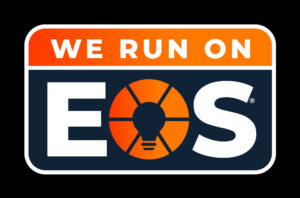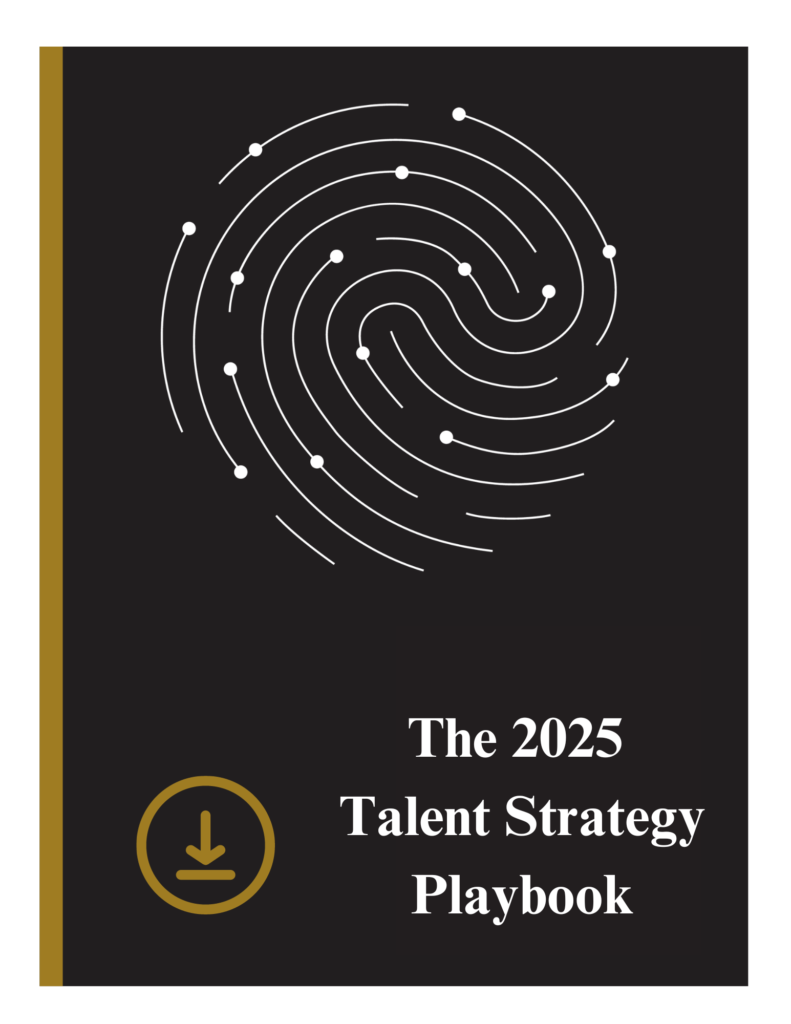by Nicole Degi, Manager of Executive Search at W Talent Solutions
The C-suite is undergoing a massive transformation. As organizations adapt to advancements, global challenges, expectations, and technology shifts, the job descriptions of executive leaders have evolved significantly.
What is driving the change?
The evolution in job descriptions comes from several shifts:
- Digital Transformation: As digital technologies reshape industries, C-suite leaders also may need to pivot and understand how to lead innovative initiatives through technology.
- Data-Driven Decision Making: Data-driven decision making empowers C-suite leaders to base strategies on insights and evidence rather than intuition, leading to more informed, accurate, and impactful business outcomes.
- Remote Work: Remote work in the post-pandemic era has fundamentally changed how C-suite executives lead by requiring greater emphasis on communication, trust, flexibility, and digital collaboration.
How Job Descriptions Are Changing:
- Innovation: Executives must lead through change and actively cultivate a culture of innovation within the workforce. C-Suite leaders need to foster a culture where experimentation, creativity, and continuous improvement are encouraged. Job descriptions now emphasize a leader’s ability to drive innovation, champion new ideas, and inspire teams to think beyond conventional boundaries
- Stakeholder Focus + Cross-functional collaboration: Modern leadership goes beyond managing departments—it involves working across them. C-suite leaders are expected to collaborate closely with peers, departments, and external stakeholders to make strategic decisions. In job descriptions, terms like “collaborative leadership,” “cross-functional teamwork,” are increasingly common. Leaders who prioritize open communication and inclusive decision-making bring greater value to organizations navigating complexity and change
- Tech Literacy: Effective C-suite leaders must be able to ask the right questions, understand key metrics, and integrate digital strategies into broader business goals. Job descriptions are now calling for “digital fluency,” “data-driven mindset,” and “technological acumen” even for non-technical roles.
- Purpose-Driven Leadership: There’s a growing emphasis on values, ethics, and mission alignment, and it is important to address these when posting job descriptions for C-Suite. Leaders must be able to articulate and live out the organization’s mission, ensuring it informs strategy and daily operations. Including language around “purpose-driven leadership,” “ethical decision-making,” and “values alignment” helps attract candidates who are not only capable but also culturally and morally aligned with the organization.
What This Means for Organizations
For companies, updating job descriptions is more than a formality, it’s a strategic necessity. Clear, current descriptions help:
- Attract Top Talent Aligned With Future Goals: Job descriptions that reflect priorities will help attract visionary leaders who are aligned with culture, values, and expectations not just qualified.
- Set Clear and Realistic Performance Expectations: Clearly defined roles help executives understand their responsibilities, strategic priorities, and success metrics.
- Support Succession Planning and Leadership Development: Evolving job descriptions provide a roadmap for internal talent development and succession. They help identify the skills and competencies needed in future leaders, making it easier to nurture internal candidates and ensure business stability.



















